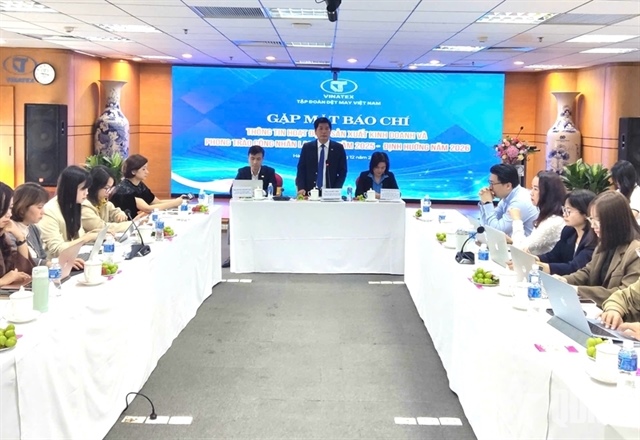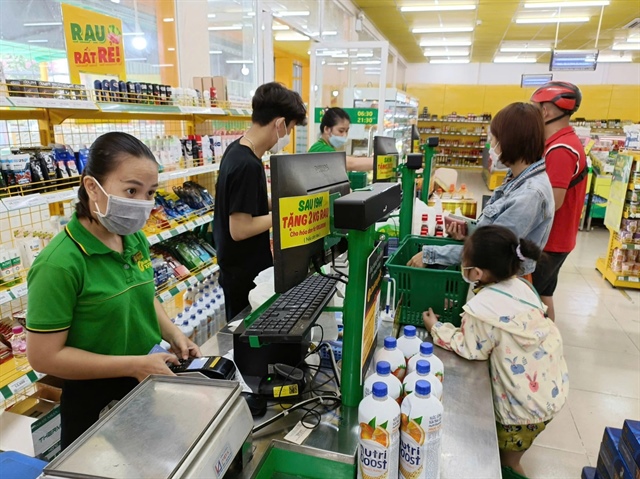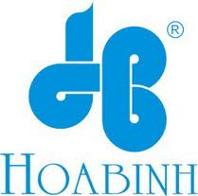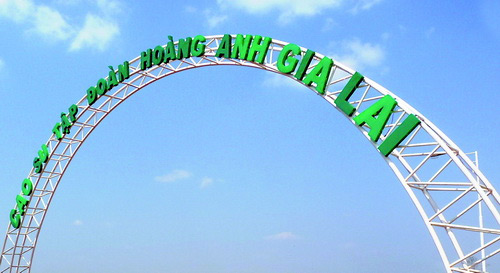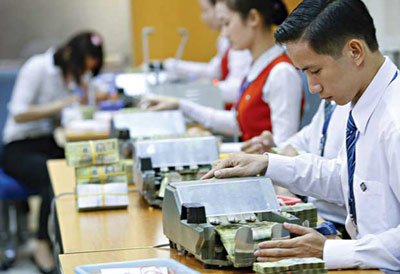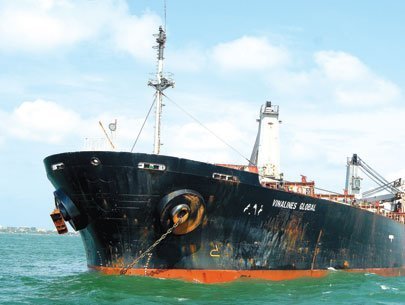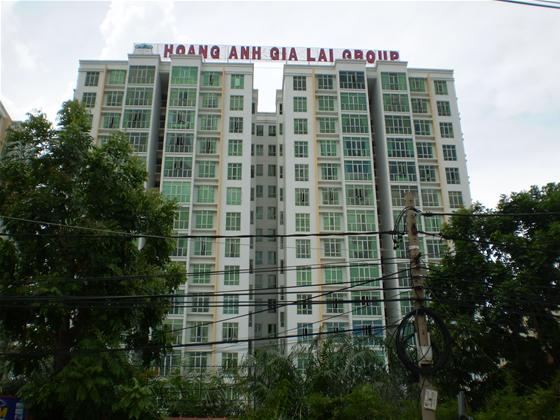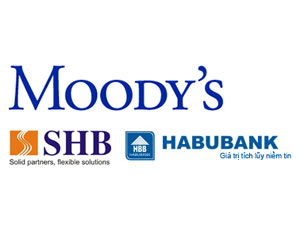Vinacomin risks S&P downgrade
Vinacomin risks S&P downgrade
Vinacomin risks being downgraded by Standard&Poor's due to its weaker margins and large capital spending from debt funding.
The credit ratings agency last week released a report which warned it could cut the credit rating of the country's largest mining firm, saying that weaker margins and a large capital spending that it is debt funded would likely hurt Vinacomin's credit measures in the next two years.
According to the Standard&Poor’s (S&P) report which was posted on Reuters website, the agency expect EBITDA margin to weaken in 2012 and 2013 from about 22 per cent in 2011.
A higher proportion of sales to state-run Electricity of Vietnam, the country’s electricity producer and sole power distributor, at prices below export prices should lower the average selling price of Vinacomin in 2012, meaning a weakening coal price environment will likely exacerbate.
At the same time, it expected costs to increase further, as the company produces a higher proportion of coal from higher-cost underground mining operations. The gross profit per tonne of coal is expected to be sold at $22- $25 for 2012, compared with $28- $30 in 2011.
Vinacomin plans to spend $1.3 billion-$1.6 billion annually over the next three years. This will likely be partly debt-funded, given insufficient internal cash flows.
S&P expected this to weaken its debt-to-EBITDA ratio to about 3.5x in 2012, with a ratio of free operating cash flows to debt of negative 20-22 per cent, under its base-case assumptions. The company's debt-to-EBITDA ratio was about 2.9x for the 12 months ended December 31, 2011.
The agency said the negative outlook factors in downward pressure on Vinacomin's cash flows as the company increased its proportion of domestic sales at government-regulated prices. It may lower the rating if Vinacomin's credit measures or liquidity deteriorate due to delays or cost over-runs in its debt-funded expansion, adverse regulatory developments, or a fall in coal prices.
"A ratio of debt to EBITDA of more than 4x on a sustained basis would indicate such deterioration and could occur if the company's domestic sales prices average about $50 per tonne and the company sells 32 million tonnes of coal in the domestic market. We could also lower our rating on Vinacomin if we lower the sovereign credit rating on Vietnam," said the credit ratings firm.
Vinacomin deputy director Nguyen Van Bien said the S&P's assessment was because of the economy’s gloomy prospects.
"The agency's warning is likely to mention the general economic situation, not particularly Vinacomin," said Bien, adding that the group's business results in 2011 were still good.
According to Vinacomin's audited report, the group reached revenue of VND87.6 trillion ($4.3 billion) in 2011, up by 25.8 per cent against 2010. Its profit gained VND8.6 trillion ($413 million) last year and 137,000 workers had an average monthly salary of VND8 million each.
The group is estimated to earn total revenue of VND96 trillion ($4.6 billion) this year.
Under the S&P's report, it assessed Vinacomin's liquidity as "less than adequate".
As of December 31, 2011, the company had VND7.4 trillion ($355 million) in cash, compared with short-term debt of VND8.17 trillion ($393 million).
The agency expected the company to continue to have negative free operating cash flow in the next one to two years, due to its significant capital expenditure.
Vinacomin's liquidity depends on its access to external funding and its financial flexibility. The company will have adequate access to external funding due to its state-owned status and its dominant domestic market position. The company has secured project funding from banks of about VND17 trillion ($817 million) in 2011, said the agency.
However, S&P may revise its Vinacomin outlook to stable if the company maintains or improves its stand-alone credit profile.
Formerly in April this year, Moody Investors Services also changed Vinacomin’s outlook to negative from stable.
vir



